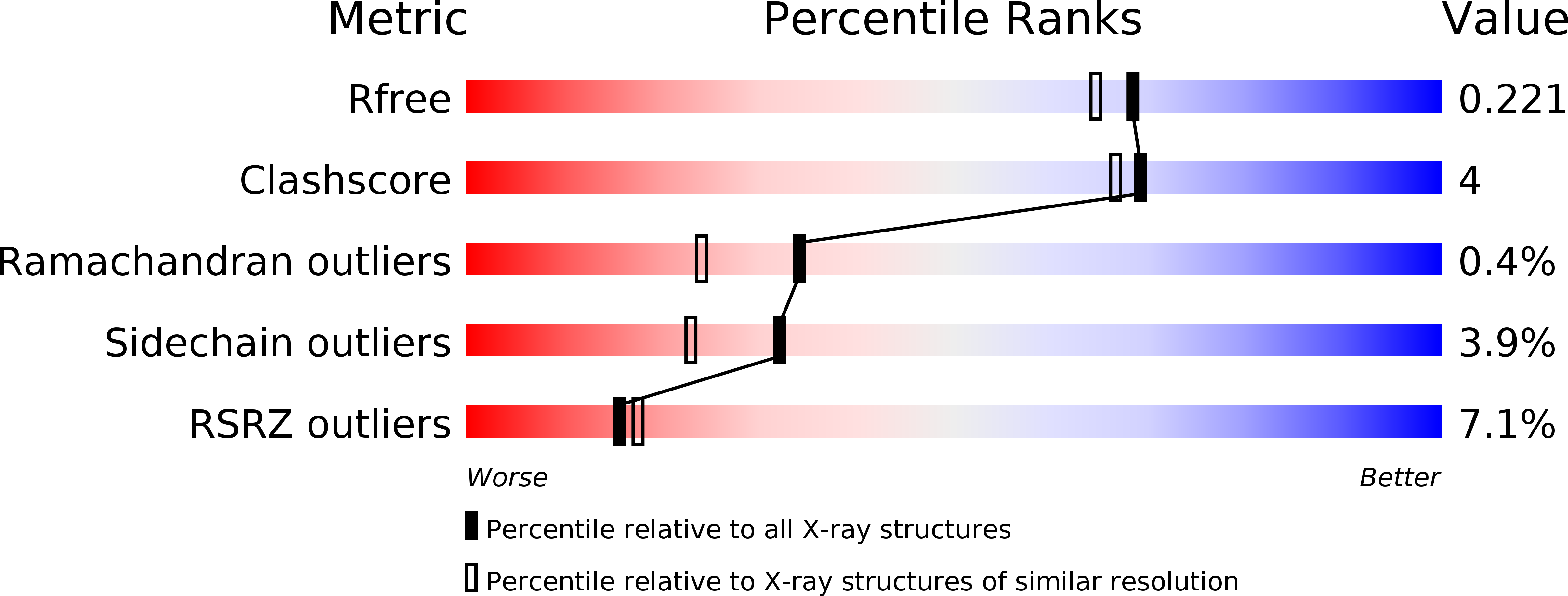
Deposition Date
2012-11-30
Release Date
2013-02-06
Last Version Date
2024-10-09
Method Details:
Experimental Method:
Resolution:
1.90 Å
R-Value Free:
0.21
R-Value Work:
0.17
R-Value Observed:
0.17
Space Group:
C 1 2 1


